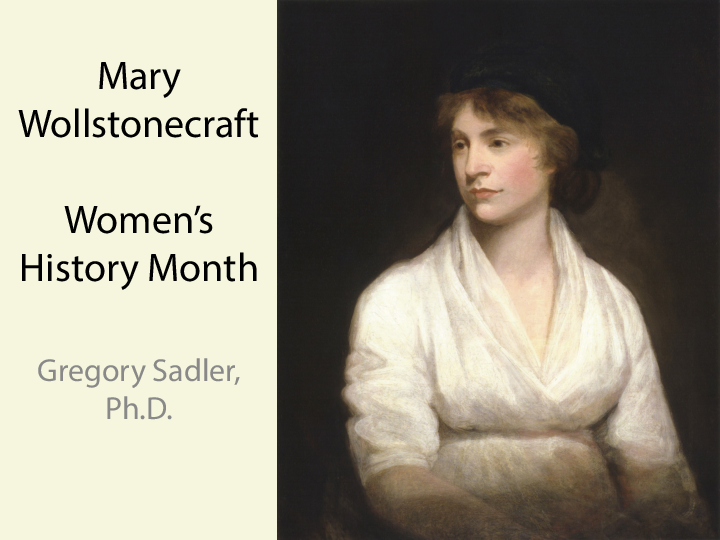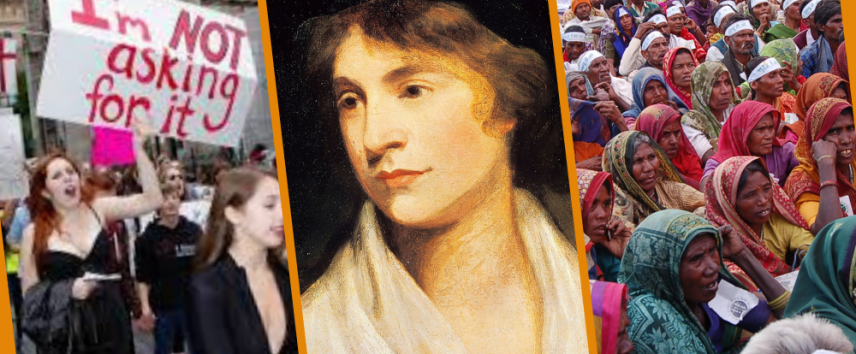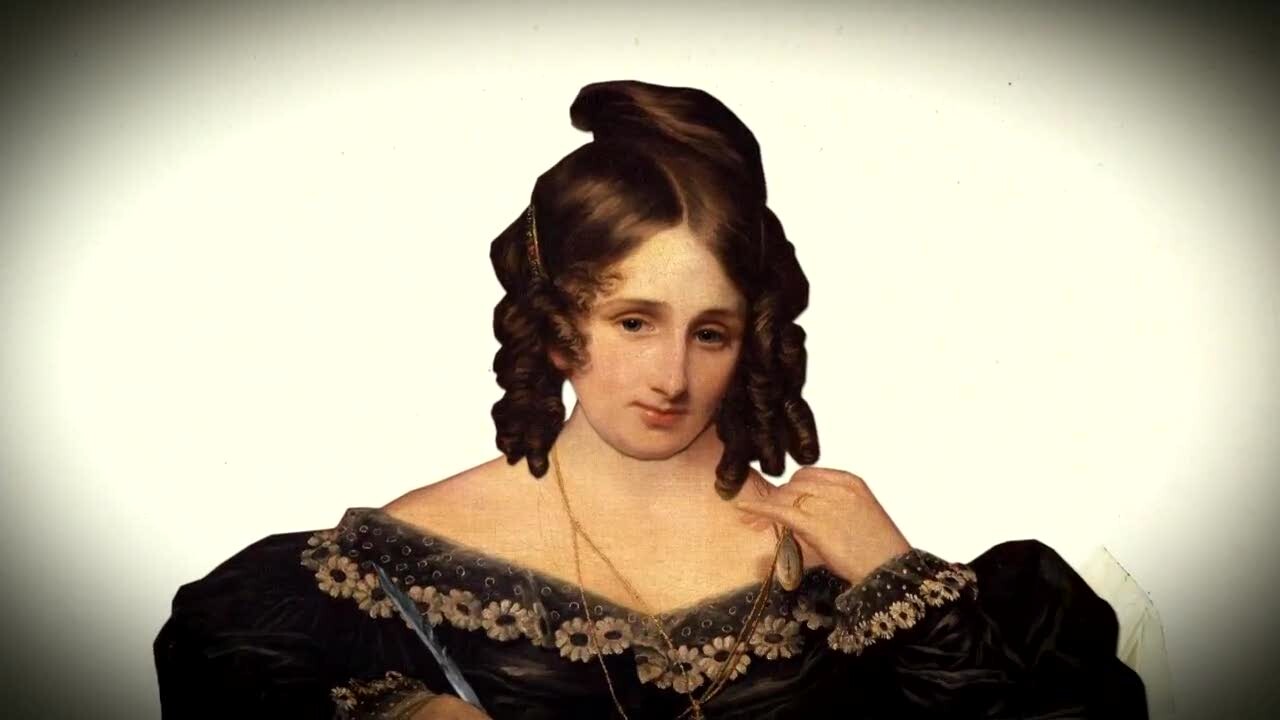
She arrived in the height of the French Revolution which, as one can imagine, greatly suited Wollstonecraft. Had caused, after all this was a time in which women were to be seen and not heard. The French Revolution was both a positive and negative influence on Wollstonecraft (image available on Wikipedia) She had travelled to France after the publication of Rights of Men (1790) due to the uproar that the piece In Vindication of the Rights of Women, she argued for all people, no matter their ethnicity, to “be allowed their birthright – liberty.” Here, she proved the importance of intersectional feminism women could not achieve true equality until all women, no matter of social standing, ethnicity, religion and so on, were equal – a lesson which we are yet to learn today. This added another layer to her admirable socio-political position and further indicates why she holds such a revered place in history. She was amongst the first to stand in opposition to both the Trans-Atlantic Slave Trade and slavery more widely.


The mention of slavery in Wollstonecraft’s destruction of Burke’s outdated opinions is notable. We are yet to see a world without constitutional monarchy, especially in Europe, and we are also yet to see true gender equality or the end to slavery: Wollstonecraft would be appalled to know that her visions had been realised.

She correctly asserted that Burke’s world based around tradition would further entrench inequality, whether it be in terms of gender or slavery, simply because our ancestors did the same. In contrast, Wollstonecraft valued progress. Wollstonecraft vehemently opposed this position, instead arguing that Burke’s ideals promoted nothing but social stagnation.

In this, Burke had stood in support of constitutional monarchy and the role that the aristocracy played in society, essentially standing in favour of embedded social and cultural inequality. Edmund Burke (image available on Wikimedia Commons)


 0 kommentar(er)
0 kommentar(er)
